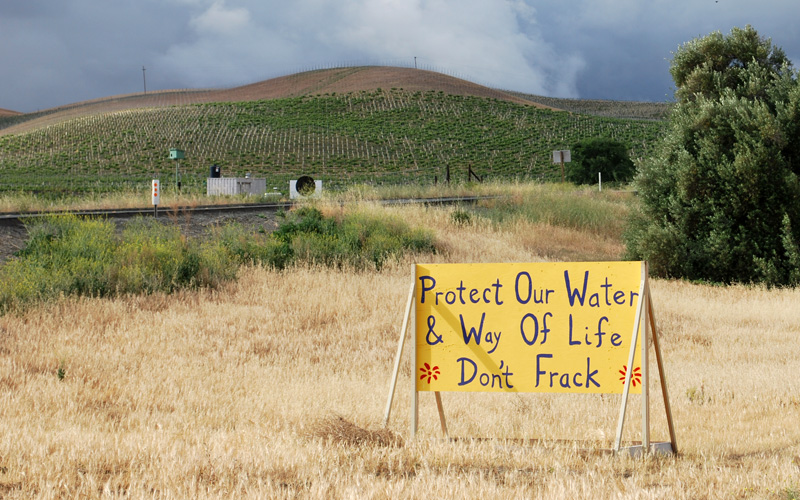
In the first major test of how California voters would react to hydraulic fracturing on the ballot, two counties in California approved fracking bans on Tuesday. Opponents of fracking are hoping the movement will spread to other counties.
But a measure to bar the controversial oil production technique in Santa Barbara County — where the oil industry is well-established — fell short. And in San Benito and Mendocino Counties, where the bans passed, they are likely to face court challenges.
“It was incredibly exciting,” says organizer Andy Hsia-Coron, who rallied support for the San Benito fracking ban by raising environmental concerns, like possible risks to groundwater.
“I think it sets a model for how you do these initiatives,” he says. “We’ve already been contacted by other counties making inquiries.”
The bans are pre-emptive. Currently, fracking doesn’t occur in San Benito or Mendocino Counties. But both measures also ban a more common oil extraction technique where steam is injected underground to induce oil flow.